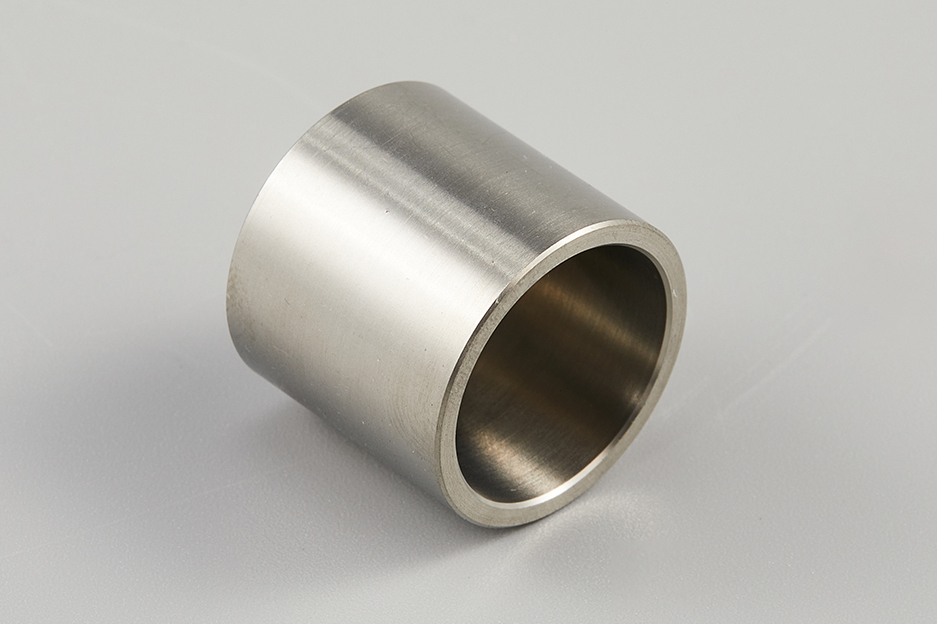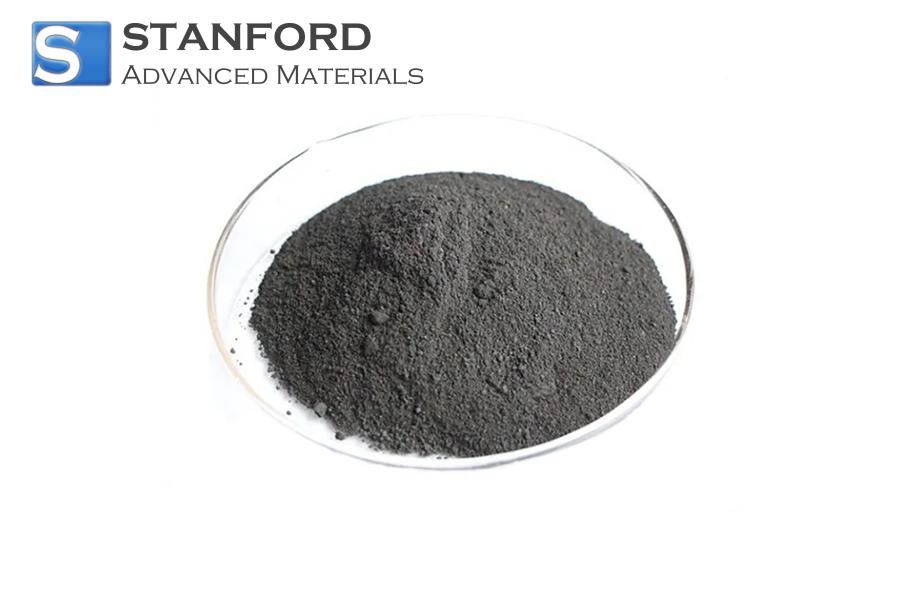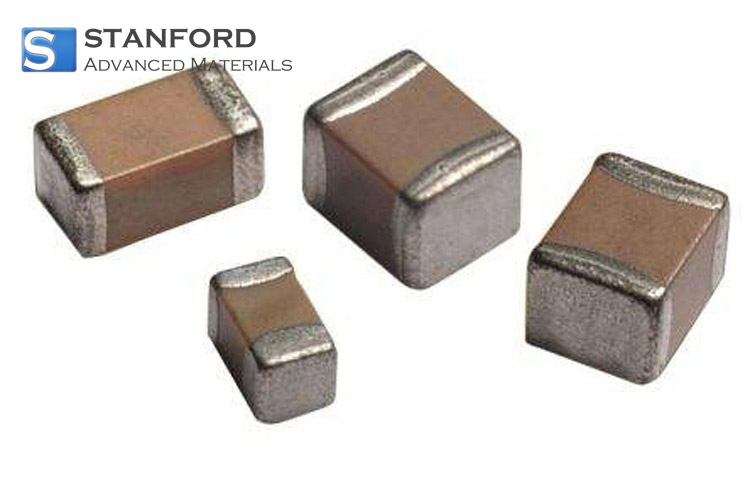Unveiling The Iridium Crucible In Artificial Crystal Growth
In the field of artificial crystal growth, the Iridium crucible plays an essential role in influencing both the quality and precision of crystal formation. This article examines the various aspects of Iridium crucibles, investigates their types, evaluates their impact on crystal growth and outlines their critical role in the production of high‐purity crystals for a range of applications.

Understanding Iridium Crucibles:
There are two main types of Iridium crucibles: the flat Iridium crucible and the arched‐bottom Iridium crucible. The distribution of the temperature field is the determining factor that affects crystal growth. For artificial crystal growth, the flat Iridium crucible is generally used.
Recent improvements in crucible design, particularly the shift to an arched‐bottom design, have been shown to result in a more uniform temperature field distribution. Consequently, the growth process is enhanced and quantifiable improvements in crystal quality have been recorded.
A critical aspect that influences a crucible’s operational life is the deformation of its base. By transitioning from a flat to a curved crucible base, deformation is minimised and operational life is extended. In addition, this change in design not only prolongs the crucible’s lifespan but also contributes to improved crystal quality in specific growth scenarios.
The Role of Iridium in the Production of High‐Purity Crystals:
Iridium’s chemical stability and high melting point make it a suitable material for crucibles used in the growth of various metal oxide single crystals. Consequently, it is employed in the production of high‐purity crystals that fulfil different functions across numerous industries.

1. YAG Crystals:
Yttrium Aluminium Garnet (YAG) crystals grown in Iridium crucibles are used in solid‐state lasers. Their primary applications are in laser welding and cutting within both the medical and industrial sectors, thereby demonstrating the precision attainable with Iridium crucible technology.
2. Sapphire:
Sapphire crystals grown in Iridium crucibles serve as substrate materials for blue and green LCD backlights in mobile phones and automobiles. In addition, sapphire is used as window material for supermarket scanners. Its applications extend to laser waveguides in dental surgery, observation windows in aerospace and various other technical fields.
3. Lithium‐Based Crystals:
Lithium tantalate and langasite grown in Iridium crucibles are utilised in mobile phones, satellite receivers and wireless communication devices. Recent developments have introduced piezoelectric materials with a broad operational range that are suitable for w‑CDMA ZF segments, acoustic surface filters, automotive sensors and gyroscopes.
4. Gadolinium Gallium Garnet Crystals (GGG):
GGG crystals, which were once prevalent in flash memory devices, have seen a decline with the emergence of semiconductor memory. However, given that they withstand nuclear explosion effects, they continue to be used in military equipment.
5. LSO and GSO Crystals:
In medical applications, Lutetium Oxyorthosilicate (LSO) and Gadolinium Oxyorthosilicate (GSO) crystals are employed as scintillation materials in tumour diagnosis. These crystals are also applied in oil‐well logging and X‑ray displays for packaging inspections.
Conclusion:
In conclusion, the Iridium crucible is a fundamental tool in precision‐controlled artificial crystal growth. The progression from flat to arched crucible designs provides an improved distribution of the temperature field and has been associated with enhanced crystal quality. The use of Iridium crucibles for producing high‐purity crystals spans several industries and plays a role in technological development, medical diagnostics and military applications. As the technology advances, the importance of Iridium crucibles in promoting crystal‐based applications remains evident.

 Bars
Bars
 Beads & Spheres
Beads & Spheres
 Bolts & Nuts
Bolts & Nuts
 Crucibles
Crucibles
 Discs
Discs
 Fibers & Fabrics
Fibers & Fabrics
 Films
Films
 Flake
Flake
 Foams
Foams
 Foil
Foil
 Granules
Granules
 Honeycombs
Honeycombs
 Ink
Ink
 Laminate
Laminate
 Lumps
Lumps
 Meshes
Meshes
 Metallised Film
Metallised Film
 Plate
Plate
 Powders
Powders
 Rod
Rod
 Sheets
Sheets
 Single Crystals
Single Crystals
 Sputtering Target
Sputtering Target
 Tubes
Tubes
 Washer
Washer
 Wires
Wires
 Converters & Calculators
Converters & Calculators
 Write for Us
Write for Us


 Chin Trento
Chin Trento



